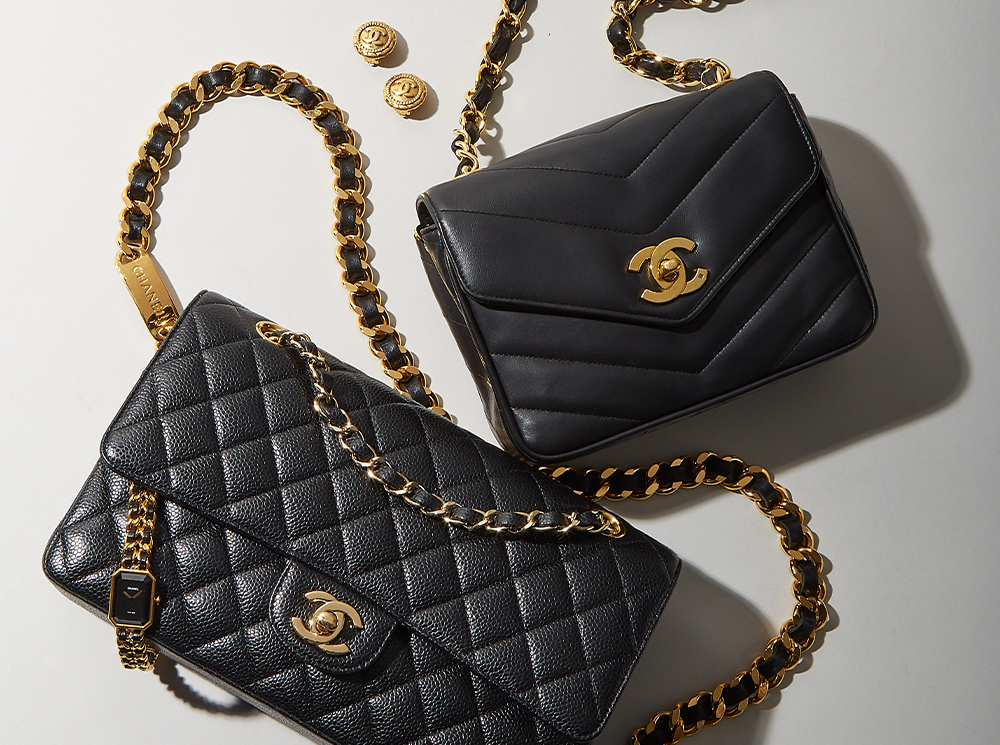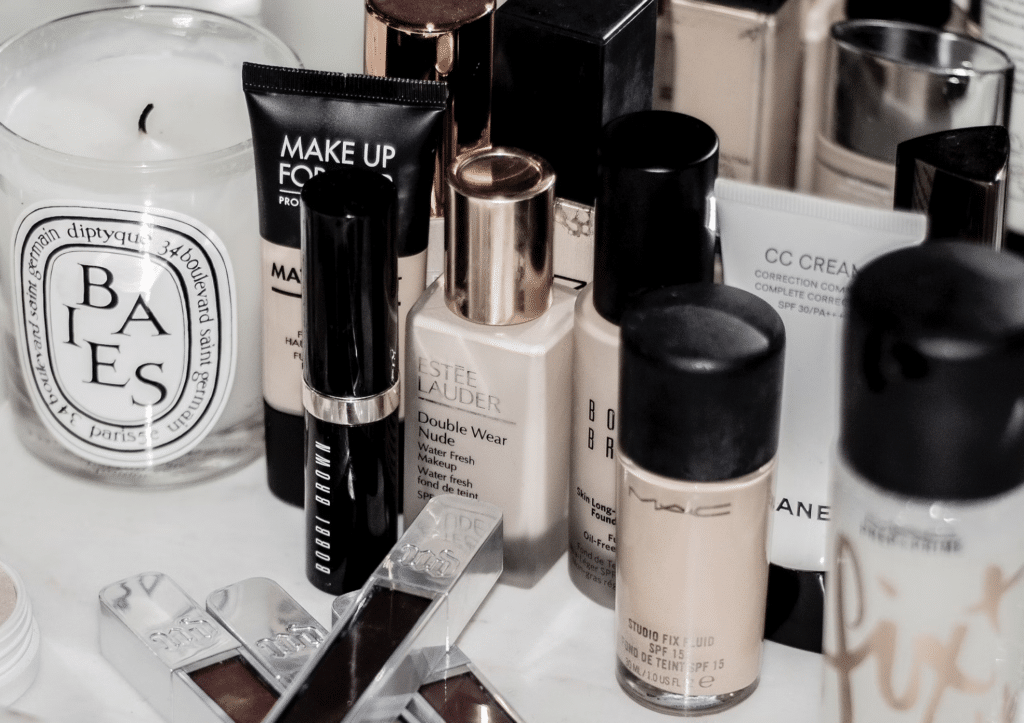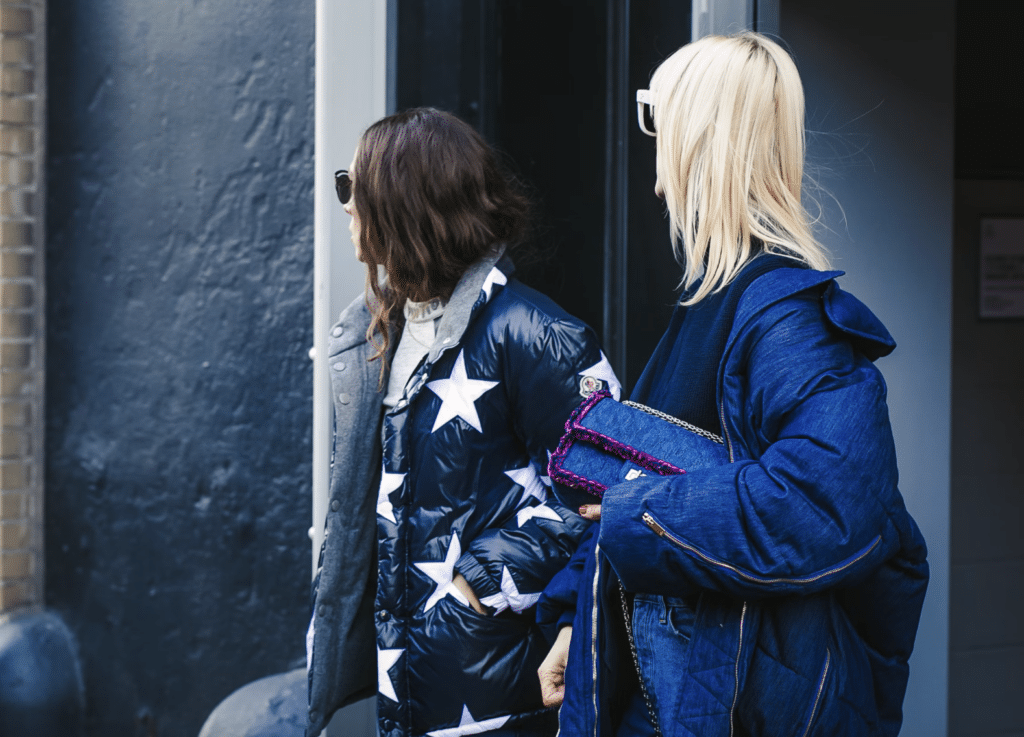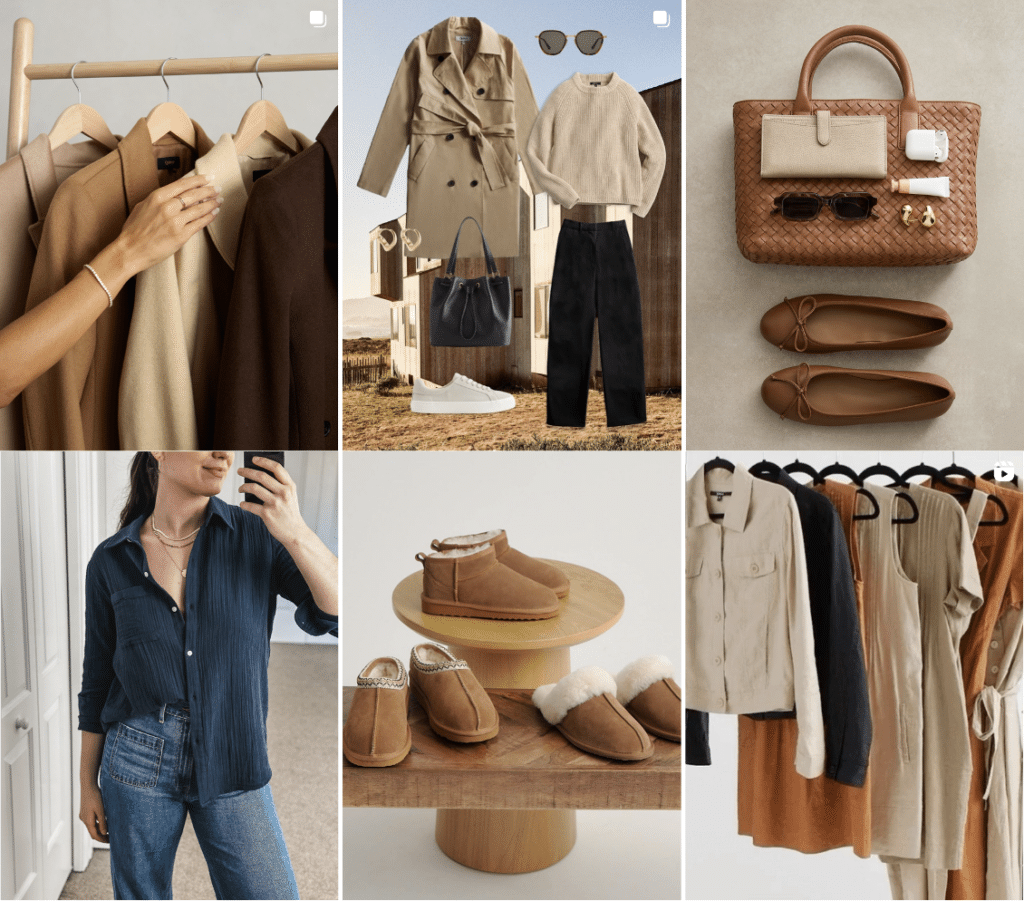An important resale case that pits Chanel against What Goes Around Comes Around is readying for a trademark-centric trial in the new year. In an order on December 11, Judge Louis Stanton of the U.S. District Court for the Southern District of New York provided a general outline for the impending trial, which is expected to begin in the second week of January, stating that the first portion of the trial will be presented to the jury, which will be tasked with deciding “which, if any, of the claims made by Chanel [that] [What Goes Around Comes Around] is liable [for], to be followed immediately by its award of damages and legal remedies, such as statutory damages.” The trial comes after almost five years of back-and-forth between Chanel and What Goes Around Comes Around.
While the jury’s determinations on liabilities will be binding on the court, Judge Stanton said they will not be presented with evidence related to equitable remedies. Instead, the jury will be excused, and the parties will present evidence related to “equitable remedies, such as disgorgement and injunctive relief” exclusively to the court. Judge Stanton noted that since there are not any damages in the form of lost sales at play here, Chanel’s bid for disgorgement will be treated an equitable claim. Doubling down on this point, the judge confirmed that when counsel for Chanel and What Goes Around Comes Around present evidence to the court next month, it will be “the only occasion” for the parties’ damages witnesses to provide their testimony, as such evidence will not be presented to the jury.
Chanel v. WGACA: A Case in Brief
Chanel made headlines when it first filed suit against What Goes Around Comes Around (“WGACA”) in New York federal court in March 2018, alleging that the luxury resale company was trying to “deceive consumers into falsely believing [that there is] some kind of … affiliation [between the parties] or that Chanel has authenticated [the pre-owned] goods [it offers up] in order to trade off of Chanel’s brand and goodwill,” all while allegedly offering up “counterfeit” or otherwise infringing products.
In addition to offering up allegedly infringing Chanel-branded handbags and point of sale products, Chanel argues that WGACA improperly used its trademarks in ad campaigns and social media marketing, including in the form of hashtags like #WGACACHANEL, in ways that “cross the line from identifying WGACA as a reseller of purported Chanel goods to falsely suggesting an association between Chanel and [itself]” – thereby, causing the luxury brand to suffer “irreparable injury.”
All the while, WGACA has defended its business, alleging that since its founding in 1993, it has sold “hundreds of thousands of products without ever selling a counterfeit” and that it uses the Chanel trademarks “simply to identify [the brand’s] products and does not claim any affiliation or sponsorship by Chanel.” Among other things, WGACA has also argued that Chanel has failed to prove that it was injured as a result of WGACA’s activity, and that Chanel has not provided evidence that WGACA has offered up counterfeit Chanel-branded goods.
Judge Stanton has sided with Chanel (at least in part) on more than one occasion, including when he upheld the brand’s trademark infringement, false advertising, and unfair competition and false endorsement and association claims back in 2018 and again when he granted summary judgment to Chanel with regard to parts of its trademark infringement claim in 2022, namely, with regard to WGACA’s unauthorized sale of Chanel-branded point-of-sale items and a dozen handbags with serial numbers that Chanel claims were stolen from one of its factories and thus, were not subject to its quality control processes.
(The court refused summary judgment for Chanel on its infringement claim with regard to WGACA’s sale of more than 50 Chanel-made bags with voided serial numbers on the basis that there is a genuine issue of fact as to how those goods first entered into the market and/or whether the bags were subject to Chanel’s quality control procedures. The court also refused summary judgment for Chanel on its false advertising claim, finding that there is a genuine issue of material fact “as to whether [Chanel] suffered reputational injury due to WGACA’s false advertisement of counterfeit, infringing, and repaired CHANEL-branded products as genuine and unaltered and its false advertisement of point of sale items as genuine products originally made and sold by Chanel.”)
However, the court has – at times – not appeared to be entirely unconvinced by WGACA’s arguments in its defense. For instance, in a June 2020 order, in which he denied Chanel’s motion to compel WGACA to produce its “advertisements and web listings of Chanel branded items or featuring Chanel’s trademarks,” among other things, Judge Stanton seemed slightly skeptical of some of Chanel’s assertions. In that order, the judge distinguished between WGACA’s business and Chanel’s, stating that “WGACA is not a competing manufacturer of clothes that mimic Chanel’s. It is a buyer of genuine Chanel products, which it sells at second hand.” Moreover, the court maintained that WGACA’s business is “not in passing off counterfeits as Chanel’s; it thrives because of the value its customers place on genuine Chanel products, even second hand, when they can afford to buy them at a discount.”
In fact, Judge Stanton maintained that “WGACA has no institutional interest in a pattern or practice of misrepresenting its wares: its business depends on their being genuine.”
More recently, the court seemed to question the credibility of some of Chanel’s witnesses during a hearing in February, telling counsel for Chanel in the context of the party’s witnesses that if he were “trying [this case] as your adversary, I would raise credibility questions.” The judge did not explain the reasoning behind his statement, but, nonetheless, offering this “warning” to Chanel.
What to Expect at Trial
Recent filings from Chanel shed some light on what it will claim at trial, including on the damages front. We previously reportedthat Andrew Safir, who specializes in the analysis of asset valuation, financial performance, and corporate damage calculation, is expected to speak to the harm the brand has been subjected to as a result of WGACA’s alleged infringement, false association, and false advertising. In sum, Safir says in a declaration that in his opinion, Chanel has suffered damages of $23.2 million as a result of WGACA’s alleged infringement, false advertising, and false association.
Meanwhile, trademark law professor and McCarthy Institute director David Franklyn stated in a declaration provided to the court this fall that he will testify at trial about two surveys that he designed and carried out to test the extent to which WGACA’s presentation of CHANEL-branded items created a likelihood of confusion. Franklyn revealed that he found that “a significant percentage of consumers incorrectly perceive WGACA as an authorized reseller of Chanel, or that WGACA is an affiliate, partner, or collaborator of Chanel,” and that “the majority of consumers within this interested universe are confused as to the relationship between [the parties], believing that Chanel sponsors or, approves WGACA’s activities, or has an association with WGACA.”
On the other hand, WGACA will likely lean heavily into its position as a reputable seller of secondhand goods and its lack of incentive to sell counterfeits, a move that would arguably only chip away at its reputation in the luxury resale segment and hinder its ability to do business in the secondary market. At the same time, WGACA will inevitably emphasize the need for resellers, including itself, to make use of Chanel’s trademarks (and the trademarks of other brands) in order to inform consumers about the nature/origin of the pre-owned products that it sells.
(In a summary judgment order last year, the court held that WGACA’s nominative fair use defense – in furtherance of which it maintains that “all of the instances cited by Chanel wherein [its mark] is used are fair use because WGACA uses Chanel trademarks to identify goods that WGACA is lawfully permitted to sell” – will go before a jury. The parties have clashed over whether WGACA has used the Chanel marks beyond what is necessary to describe the products at issue and/or whether the reseller did “anything that would, in conjunction with [those] marks, suggest sponsorship or endorsement by [Chanel].”)
As for the overarching narrative that it will put before the jury, it is safe to assume that counsel for WGACA will continue to drive home its position that this case and others like it are little more than a “pretext” to support Chanel’s larger attack on the secondary market, which it views as a threat and has largely opted not to participate in. (Chanel provided a bit of a peek into its stance on the resale market in the similar trademark case that it filed against The RealReal. In one internal document unsealed in that case, Chanel U.S. President and Chief Operating Officer John Galantic, for instance, asked a number of Chanel executives in a May 2017 memo, “How can we address the threats from the secondhand market while exploring the opportunities it provides through actions in both the firsthand and secondhand markets?”)
To bolster its point on this front, WGACA will likely focus on the fact that despite the rise of the secondhand luxury market, Chanel’s sales and profits have continued to grow in recent years, and with this in mind, might make arguments that a robust resale market has a hand in helping brands like Chanel to justify their increasingly high prices and “investment bag” status.
The case is Chanel, Inc. v. What Goes Around Comes Around, LLC, et al., 1:18-cv-02253 (SDNY).













